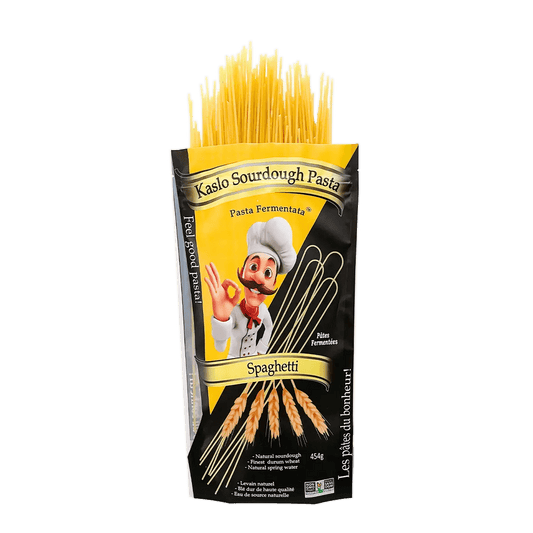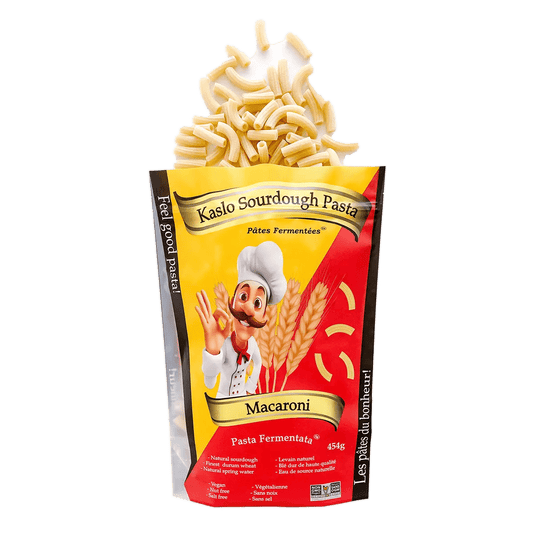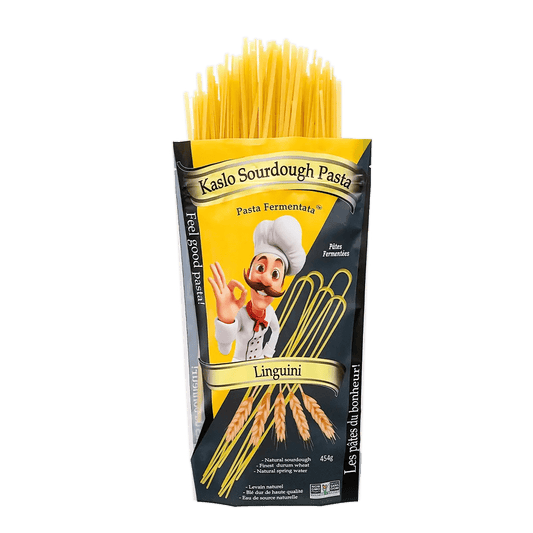Author: Chris Wormald
Sourdough used to be a niche thing found in some grocery stores. Now it’s everywhere. To the point that there’s bread calling itself sourdough even though it isn’t. You know something’s “arrived” when the imitations show up. That’s a topic for another blog post. If you’re not sure if it’s genuine sourdough, just feed it to a gluten sensitive person and see how they react to it. Just kidding! Seriously, though, don’t do this.
I didn’t get into sourdough for the gut health or longevity stats. I got into it because it’s amazing. Sourdough French Toast was my gateway and from there I’ve pretty much gone all in. But what lies behind this craze, and why has sourdough become more than just a passing fad?
The Sourdough Renaissance:
Over the past 20 years, sourdough has undergone a renaissance, evolving from a niche artisanal product to a mainstream culinary staple. According to market research firm Mintel, sales of sourdough bread in the United States alone have skyrocketed by over 50% since 2000, with consumers increasingly drawn to its unique flavor, texture, and health benefits. Similarly, data from Google Trends reveals a steady upward trajectory in worldwide searches for sourdough-related topics, reflecting a growing interest in this ancient form of bread making.
The Rise of Home Bakers:
One of the driving forces behind the sourdough revival has been the rise of home baking enthusiasts, who have embraced sourdough as both a creative outlet and a wholesome alternative to store-bought bread. Social media platforms like Instagram and TikTok have played a significant role in popularizing sourdough, with hashtags such as #sourdoughstarter and #sourdoughbread garnering millions of posts from avid bakers sharing their sourdough journey.
Health and Wellness Benefits:
Beyond its delicious flavor and artisanal appeal, sourdough offers a host of health benefits that have contributed to its growing popularity. Unlike conventional bread made with commercial yeast, sourdough undergoes a natural fermentation process that breaks down gluten and phytic acid, making it easier to digest and gentler on the stomach for many people. Additionally, sourdough bread has a lower glycemic index compared to other bread varieties, which may help regulate blood sugar levels and promote overall health.
Environmental Sustainability:
In an era of increasing environmental awareness, sourdough's emphasis on natural fermentation and minimal processing has also resonated with eco-conscious consumers. By eschewing artificial additives and preservatives, sourdough bread aligns with the principles of sustainable and mindful eating, offering a wholesome alternative to mass-produced bread products that may be laden with chemicals and preservatives.
Culinary Creativity and Exploration:
Beyond its nutritional and environmental benefits, sourdough has captured the imagination of chefs and home cooks alike, inspiring a wave of culinary creativity and experimentation. From innovative flavor combinations to unconventional shapes and textures, sourdough offers endless possibilities for culinary exploration, allowing individuals to express their creativity and passion for food in new and exciting ways.
The next evolution of sourdough is our Pasta. Try some here!
For Further Reading
Sourdough Bread and Health - This paper explores the health benefits of sourdough bread and its unique properties.
The Ultimate Guide to Sourdough - All things Sourdough





